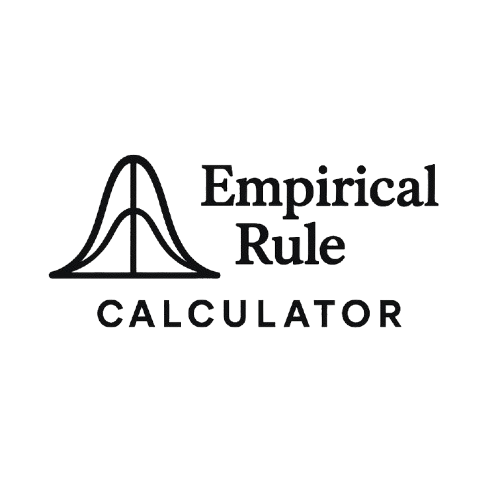Bell Curve Generator
Statistics
A bell curve, also known as a normal distribution graph, is a powerful way to visualize how data spreads in many real-world scenarios, like test scores or heights. Our bell curve generator lets you create a custom Gaussian curve by simply entering the mean and standard deviation of your dataset. This tool is perfect for students, teachers, and analysts who want to see the bell shaped distribution in action, making complex statistical concepts easy to grasp. Whether you’re exploring data patterns or teaching statistics, this guide will show you how to use the generator and why it’s so valuable. Ready to dive in? Try our main statistics tool for a hands-on experience.
What Is a Bell Curve?
A bell curve represents a normal distribution, a statistical pattern where data clusters symmetrically around the average (mean), forming a bell-shaped graph. Most values are near the mean, with fewer appearing at the extremes, creating a smooth, curved shape. This pattern, also called a Gaussian curve, is common in datasets like:
Exam grades in a large class.
Heights or weights in a population.
Measurement errors in experiments.
The curve is defined by two key values:
Mean (μ): The center of the distribution, showing the average value.
Standard Deviation (σ): A measure of how spread out the data is, controlling the curve’s width.
The normal distribution is central to statistics because it describes many natural and social phenomena. A bell curve calculator like our generator helps you visualize this distribution, making it easier to understand data patterns.

How This Bell Curve Generator Works
Our bell curve generator is user-friendly and designed for beginners. Here’s how to use it to plot bell curve visuals:
Enter the Mean (μ): Input the average of your dataset. For example, if you’re studying test scores, the mean might be 75.
Input the Standard Deviation (σ): Enter the standard deviation to set the curve’s spread. For test scores, a standard deviation of 10 means most scores are close to 75.
Generate the Curve: Click “Generate” to create a real-time normal distribution graph. The tool plots a bell-shaped curve centered at the mean, with the width based on the standard deviation.
Customize (Optional): Adjust settings to highlight specific regions (e.g., one standard deviation) or compare multiple curves.
Example: For a dataset with a mean of 100 and a standard deviation of 15, the generator creates a bell curve centered at 100, with 68% of data between 85 and 115 (±1σ). The graph visually shows this spread, making it easy to interpret.
Why Visualize a Bell Curve?
Visualizing a normal distribution with a bell curve generator offers several benefits:
Simplifies Complex Data: Turns abstract numbers into an intuitive graph, perfect for beginners.
Enhances Learning: Helps students understand how data spreads in a normal distribution.
Supports Analysis: Analysts can quickly assess data patterns, like identifying typical ranges or outliers.
Engages Audiences: Interactive visuals make presentations or lessons more engaging.
For instance, a teacher might use the generator to show how student grades distribute, while a researcher could visualize measurement variations. To explore related visualizations, try our shading tool or Z-score plotter for deeper insights.
Did You Know? A bell curve can also highlight the empirical rule (68-95-99.7%), which shows data distribution in normal datasets. Learn more with our graph visualizer .
FAQs
It’s a tool that creates a visual normal distribution graph by inputting the mean and standard deviation, showing data spread in a bell-shaped curve.
A bell curve is the visual representation of a normal distribution, where data clusters symmetrically around the mean, forming a bell shape.
You need the mean (average) and standard deviation of your dataset to plot the Gaussian curve.
It visualizes how data spreads in a normal distribution, helping you understand patterns in datasets like grades or heights.
No, the bell curve calculator is designed for normal distributions. Non-normal data requires different visualization tools.

